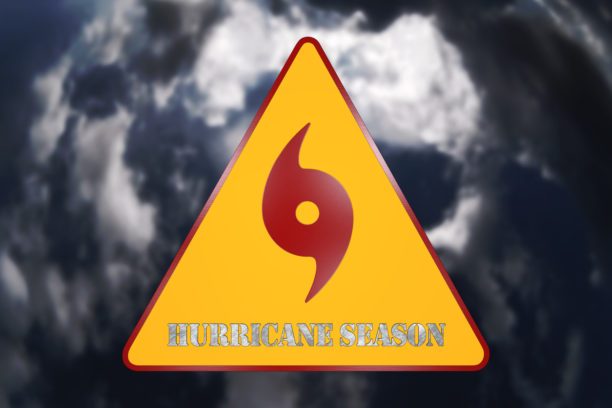
The FAA says that the assistance provided by UAV for hurricane response in Florida and Houston marks a “landmark in the evolution of drone usage.”
“After the widespread devastation Hurricane Irma wreaked on Florida last weekend, unmanned aircraft – more popularly, drones – have been invaluable in supporting response and recovery efforts in the battered Sunshine State,” says the agency.
Instead of simply pleading with drone operators to stay grounded, immediately after Hurricane Irma a “wide variety of agencies” asked for FAA authorization to fly in affected areas. The FAA had issued 132 authorizations as of last week. Agencies including the Federal Emergency Management Agency (FEMA), US Customs and Border Protection, Jacksonville Electric, and the Air National Guard all asked permission to fly drones. Drones were used for aerial surveys, mapping of infrastructure, and damage assessment. After Hurrican Harvey hit Houston, the FAA issued 137 authorizations to drone operators. Drones performed search and rescue, damage assessment, infrastructure assessment – and news coverage of the disaster. Media drones documented the
After Hurrican Harvey hit Houston, the FAA issued 137 authorizations to drone operators. Drones performed search and rescue, damage assessment, infrastructure assessment – and news coverage of the disaster. Media drones documented the widespread flooding and devastation caused by the storm.
Bringing electricity back to the millions left without it during the storm is a top priority for the Florida. Drones have “played a significant role” for Florida Power and Light (FPL). The FAA reports that the company has 49 drone teams working to survey areas still not accessible by vehicles. “Some of the drone operators FPL hired were flying within an hour after the storm winds subsided,” says the FAA.
“The FAA’s ability to quickly authorize unmanned aircraft operations after both Irma and Harvey was especially critical because most local airports were either closed or dedicated to emergency relief flights, and the fuel supply was low,” says the agency. “FAA Administrator Michael Huerta neatly summed up the importance of drone operations to Irma and Harvey recovery operations in a speech to the InterDrone conference last week: ‘Essentially, every drone that flew meant that a traditional aircraft was not putting an additional strain on an already fragile system. I don’t think it’s an exaggeration to say that the hurricane response will be looked back upon as a landmark in the evolution of drone usage in this country.'”

Miriam McNabb is the Editor-in-Chief of DRONELIFE and CEO of JobForDrones, a professional drone services marketplace, and a fascinated observer of the emerging drone industry and the regulatory environment for drones. Miriam has penned over 3,000 articles focused on the commercial drone space and is an international speaker and recognized figure in the industry. Miriam has a degree from the University of Chicago and over 20 years of experience in high tech sales and marketing for new technologies.
For drone industry consulting or writing, Email Miriam.
TWITTER:@spaldingbarker
Subscribe to DroneLife here.
